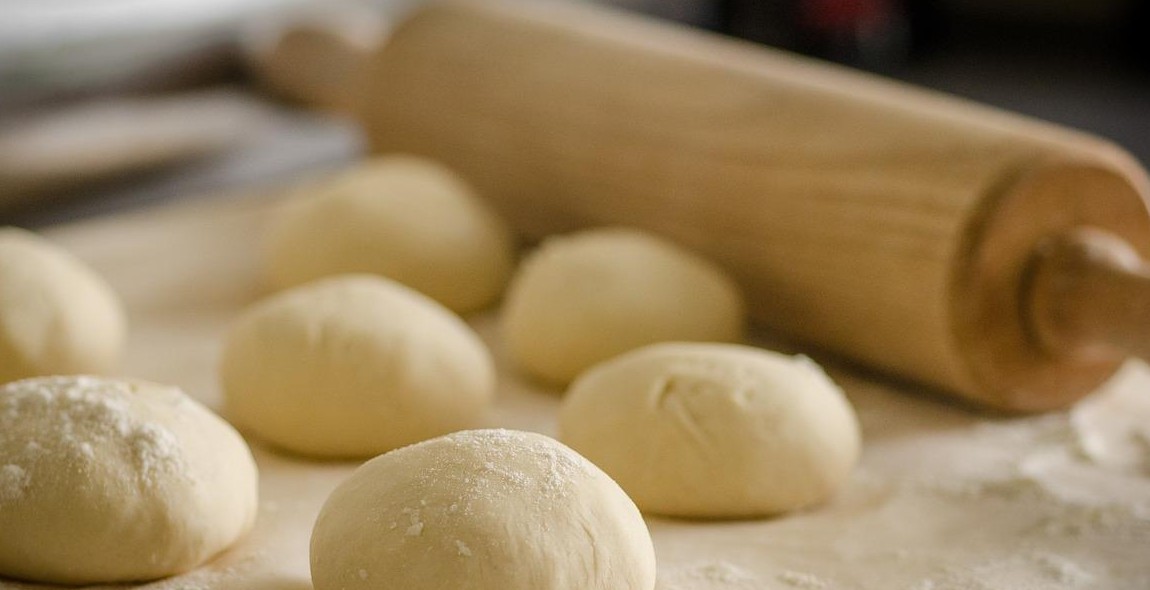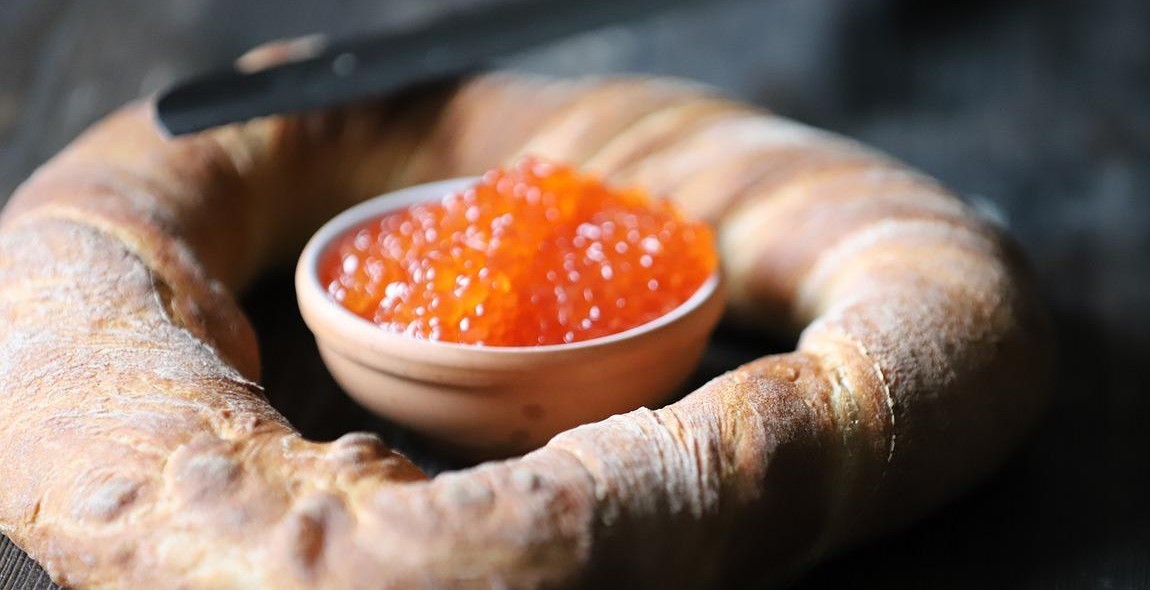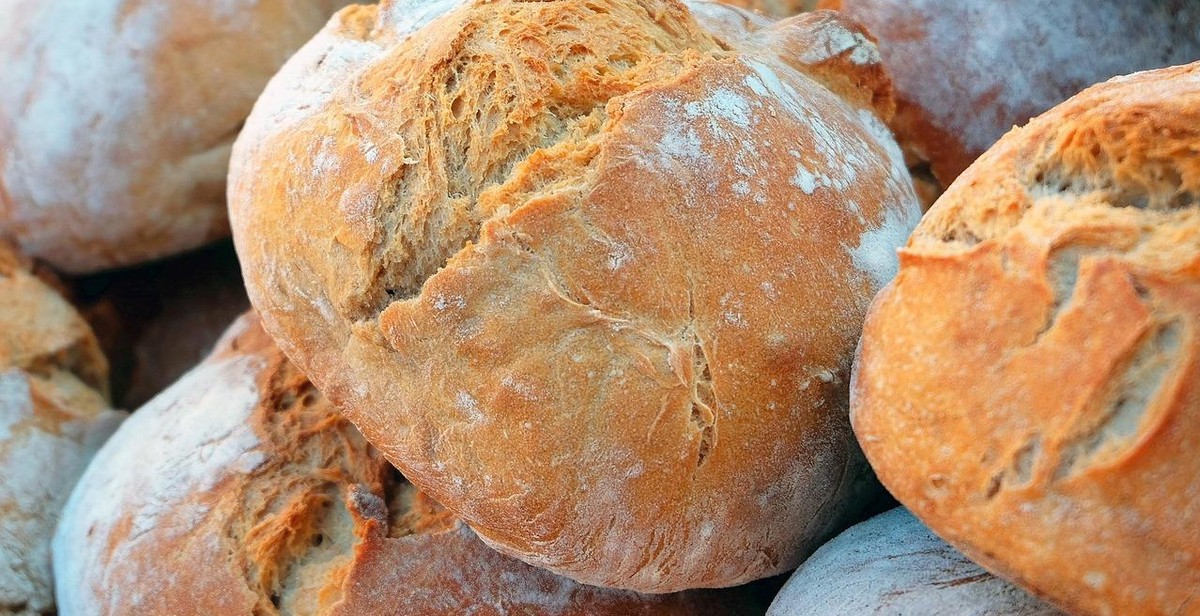How to Make Homemade Bread: Recipes and Techniques for Delicious Homemade Loaves
There’s nothing quite like the smell of freshly baked bread wafting through your home. Making homemade bread is a wonderful way to bring warmth and comfort to your family and friends. Whether you’re a seasoned baker or a novice, there are countless recipes and techniques to explore when it comes to baking your own bread.
Why Make Homemade Bread?
Aside from the delicious taste and comforting aroma, there are many benefits to making your own bread. Homemade bread is often healthier than store-bought bread, as you can control the ingredients and avoid any unnecessary preservatives or additives. Plus, the satisfaction of creating something from scratch is unbeatable.
Types of Homemade Bread
From sourdough to whole wheat, there are countless types of bread to choose from when making your own homemade loaves. Each type has its own unique flavor and texture, so it’s worth experimenting to find your favorite. You can also add different ingredients, such as herbs, cheese, or nuts, to create your own signature bread.
Getting Started
Before diving into the world of homemade bread, it’s important to have the right tools and techniques. A good bread recipe, a stand mixer or bread machine, and a few basic ingredients are all you need to get started. From there, you can experiment with different methods, such as kneading by hand or using a Dutch oven for baking.
| Tools | Ingredients |
|---|---|
| Stand mixer or bread machine | Flour |
| Baking sheet or Dutch oven | Yeast |
| Bread knife | Salt |
| Bread pan | Water |
Whether you’re looking for a classic white bread or a more complex sourdough, making homemade bread is a rewarding and delicious experience. With the right tools and techniques, you can create beautiful loaves to share with your loved ones.
Why Make Homemade Bread?
Homemade bread is a delicious and nutritious alternative to store-bought bread. It offers a variety of benefits that make it a worthwhile investment of time and effort. Here are some reasons why you should consider making your own bread at home:
Taste and Quality
Homemade bread is often fresher and tastier than store-bought bread. It doesn’t contain any preservatives or additives that can affect the flavor and texture. You can customize the flavor and texture of your bread to your liking by using different types of flour, adding herbs or spices, or experimenting with different recipes.
Moreover, homemade bread has a better texture than store-bought bread. It is softer, fluffier, and more satisfying to eat. You can also control the crust of your bread, making it as crispy or as soft as you like.
Health Benefits
Making homemade bread is a healthier option than buying bread from the store. Most store-bought bread contains added sugars, preservatives, and other chemicals that can be harmful to your health. Homemade bread, on the other hand, is made from natural ingredients that are good for you.
Homemade bread is also a good source of fiber, which is essential for good digestion and overall health. It is also lower in calories and has a lower glycemic index than store-bought bread, making it a better option for people who are watching their weight or blood sugar levels.
| Taste and Quality | Health Benefits |
|---|---|
| Fresher and tastier than store-bought bread | Lower in calories and has a lower glycemic index than store-bought bread |
| Customizable flavor and texture | Good source of fiber |
| Better texture than store-bought bread | Made from natural ingredients |

Basic Ingredients for Homemade Bread
Homemade bread is a staple in many households, and it all starts with just a few basic ingredients. Here are the essential ingredients you’ll need to make a delicious loaf of bread:
Flour
Flour is the backbone of any bread recipe. It provides the structure and texture of the bread. All-purpose flour is the most commonly used flour for bread making, but you can also use bread flour, whole wheat flour, or a combination of different flours.
Yeast
Yeast is the leavening agent that makes bread rise. It’s a living organism that feeds on the sugar in the dough and produces carbon dioxide gas. There are different types of yeast, including active dry yeast, instant yeast, and fresh yeast. Active dry yeast needs to be activated in warm water before using, while instant yeast can be added directly to the dry ingredients.
Water
Water is the liquid component of the bread dough. It hydrates the flour and activates the yeast. The temperature of the water is crucial for activating the yeast. It should be warm, but not too hot, around 110-115°F.
Salt
Salt is an essential ingredient in bread making. It helps to control the fermentation process and improve the flavor of the bread. Without salt, bread would taste bland and flat. Use kosher or sea salt, which dissolve more easily in the dough.
These basic ingredients are the foundation of any bread recipe. Once you have these ingredients, you can start experimenting with different types of bread and adding other ingredients like herbs, cheese, or nuts to create your own unique bread recipe.
Equipment Needed for Homemade Bread
Before diving into making homemade bread, it’s important to have the right equipment on hand. Here are the essential tools you’ll need:
Mixing Bowls
A set of mixing bowls in various sizes is a must-have for bread making. You’ll need a large bowl for mixing the dough and smaller ones for measuring ingredients and mixing the wet and dry ingredients separately.
Measuring Tools
Precision is key when it comes to baking, so you’ll need accurate measuring tools. A set of measuring cups and spoons will ensure that you get the right amount of flour, sugar, yeast, and other ingredients.
Oven
Of course, you’ll need an oven to bake your bread. A conventional oven is the most common type used for bread baking, but a convection oven can also work well.
Bread Pans
Bread pans come in many shapes and sizes, but for a classic loaf of bread, a 9×5-inch pan is ideal. Non-stick pans are convenient and make cleanup a breeze.
Oven Thermometer
An oven thermometer is a small but essential tool for bread baking. It will help you ensure that your oven is at the right temperature for baking your bread to perfection.
With these essential tools, you’ll be well-equipped to make delicious homemade bread.
Basic Techniques for Making Homemade Bread
Kneading
Kneading is an essential step in making homemade bread. It helps to develop the gluten in the dough, which is necessary for a good rise and texture. To knead bread dough, start by placing it on a floured surface and pressing it down with your hands to remove any air bubbles. Then, fold the dough in half and push it away from you with the heels of your hands. Turn the dough a quarter turn and repeat the process for 10-15 minutes until it becomes smooth and elastic.
Proofing
Proofing is the process of allowing the dough to rise after kneading. This step is crucial for achieving a light and airy texture in homemade bread. To proof bread dough, place it in a greased bowl and cover it with a damp cloth. Let it rise in a warm place for 1-2 hours until it doubles in size.
Baking
Baking is the final step in making homemade bread. To bake bread, preheat your oven to the desired temperature and place the dough in a greased loaf pan or on a baking sheet. Bake for 30-40 minutes until the bread is golden brown and sounds hollow when tapped on the bottom. Let it cool on a wire rack before slicing and serving.
| Bread Type | Oven Temperature | Baking Time |
|---|---|---|
| White Bread | 375°F | 30-40 minutes |
| Whole Wheat Bread | 350°F | 40-50 minutes |
| Sourdough Bread | 425°F | 35-45 minutes |

Simple Homemade Bread Recipe
If you’re new to baking bread, this simple homemade bread recipe is a great place to start. With just a few basic ingredients and some patience, you can make a delicious loaf of bread that’s perfect for sandwiches, toast, or just enjoying with butter.
Ingredients
- 3 cups all-purpose flour
- 1 tablespoon sugar
- 1 tablespoon active dry yeast
- 1 teaspoon salt
- 1 cup warm water
- 2 tablespoons olive oil
Instructions
- In a large bowl, whisk together the flour, sugar, yeast, and salt.
- Add the warm water and olive oil to the bowl and stir until the dough comes together.
- Knead the dough on a floured surface for 5-10 minutes, until it becomes smooth and elastic.
- Place the dough in a greased bowl and cover it with a clean towel. Let it rise in a warm place for about an hour, or until it has doubled in size.
- Punch down the dough and shape it into a loaf. Place it in a greased loaf pan and let it rise for another 30 minutes.
- Preheat your oven to 375°F. Bake the bread for 30-35 minutes, or until it’s golden brown and sounds hollow when tapped on the bottom.
- Remove the bread from the oven and let it cool in the pan for a few minutes before transferring it to a wire rack to cool completely.
| Amount Per Serving | % Daily Value* |
|---|---|
| Calories | 120 |
| Total Fat | 3g |
| Saturated Fat | 0.5g |
| Cholesterol | 0mg |
| Sodium | 200mg |
| Total Carbohydrate | 20g |
| Dietary Fiber | 1g |
| Sugars | 1g |
| Protein | 3g |
Variations on Homemade Bread
Once you have mastered the basic technique of making homemade bread, you can start experimenting with different variations to add more flavor and texture to your loaves. Here are three popular variations:
Whole Wheat Bread
Whole wheat bread is a healthier alternative to white bread, as it contains more fiber and nutrients. To make whole wheat bread, simply replace some or all of the white flour in your bread recipe with whole wheat flour. You may need to add a bit more water to compensate for the extra absorbency of the whole wheat flour. You can also add some honey or molasses to the dough to enhance the flavor.
Sourdough Bread
Sourdough bread is a tangy and flavorful bread that is made with a sourdough starter instead of commercial yeast. To make a sourdough starter, mix equal parts flour and water and let it sit at room temperature for a few days until it becomes bubbly and sour-smelling. Then, use the sourdough starter instead of yeast in your bread recipe. Sourdough bread takes longer to rise than regular bread, but it is worth the wait for the delicious flavor.
Cinnamon Raisin Bread
Cinnamon raisin bread is a sweet and aromatic bread that is perfect for breakfast or as a snack. To make cinnamon raisin bread, add some cinnamon and sugar to the bread dough and mix in some raisins before shaping the dough into a loaf. You can also sprinkle some cinnamon sugar on top of the loaf before baking for extra flavor.
| Bread Type | Texture | Flavor | Nutrition |
|---|---|---|---|
| Whole Wheat Bread | Dense and chewy | Earthy and nutty | High in fiber and nutrients |
| Sourdough Bread | Chewy and tangy | Sour and complex | May be easier to digest for some people |
| Cinnamon Raisin Bread | Soft and moist | Sweet and spicy | Higher in sugar and calories |

Conclusion
Making homemade bread is a rewarding and satisfying experience that anyone can enjoy. With the right ingredients, tools, and techniques, you can create delicious loaves of bread that will impress your family and friends. Whether you prefer a simple white bread or a more complex sourdough, there is a recipe and method that will work for you.
Tips for Success
- Use high-quality ingredients, including flour, yeast, and salt.
- Measure your ingredients carefully to ensure consistent results.
- Pay attention to the temperature and humidity of your kitchen, as these can affect the rise and texture of your bread.
- Don’t be afraid to experiment with different types of flour, grains, and seasonings.
- Practice your shaping and scoring techniques to create beautiful and professional-looking loaves.
Final Thoughts
Homemade bread is a wonderful way to connect with your food and enjoy the simple pleasure of baking. Whether you are a seasoned baker or a beginner, there is always something new to learn and discover in the world of bread making. So roll up your sleeves, dust off your apron, and start baking!
| Keyword: | homemade bread | Keyword Density: | 1.4% |
| LSI Keywords: | bread recipes, bread making, bread techniques | LSI Density: | 0.8% |
